Showing 164 news posts
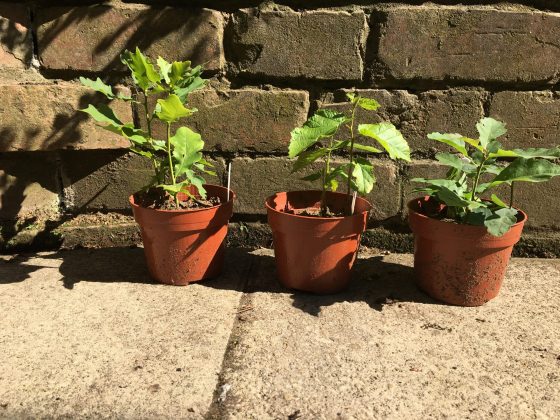
2 October 2020
Glos’ green challenge hits halfway milestone
15 September 2020
The Cotswolds AONB gets a new look and a new name
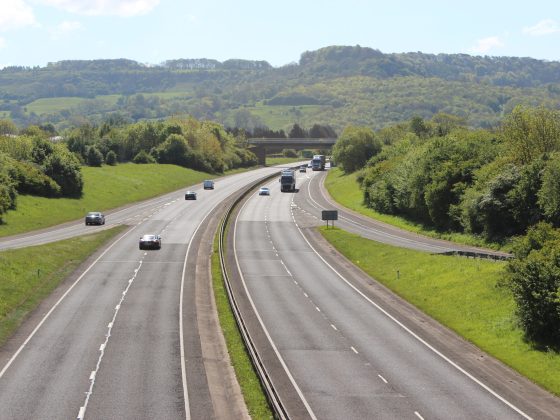
12 August 2020
A collective response to the revisions to A417 plans
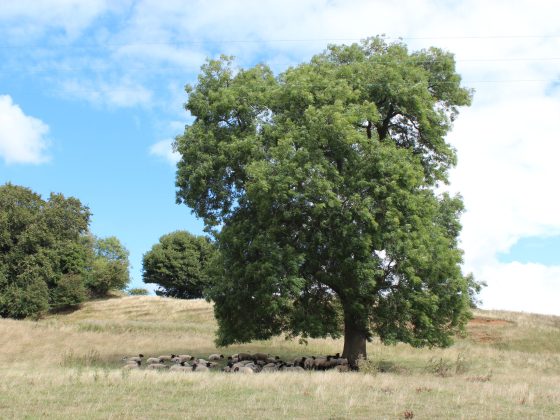
9 July 2020
‘Volunteer army’ to replace dying trees with 2,020 new saplings
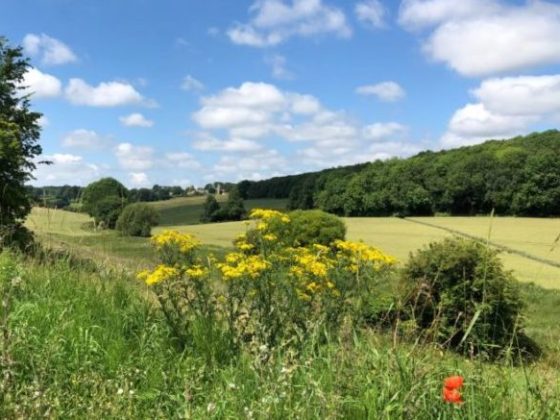
12 May 2020
Covid-19 Update 18/5/20
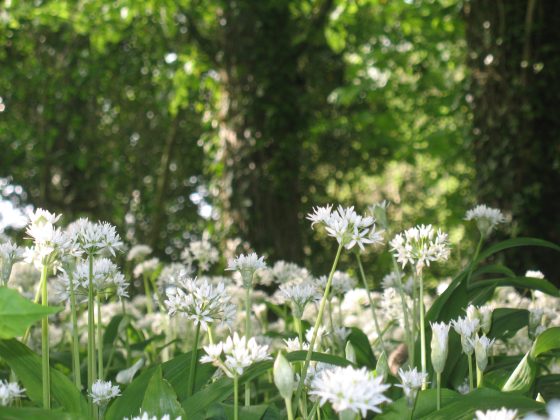
9 April 2020
Stay Home. Protect the NHS. Save Lives.
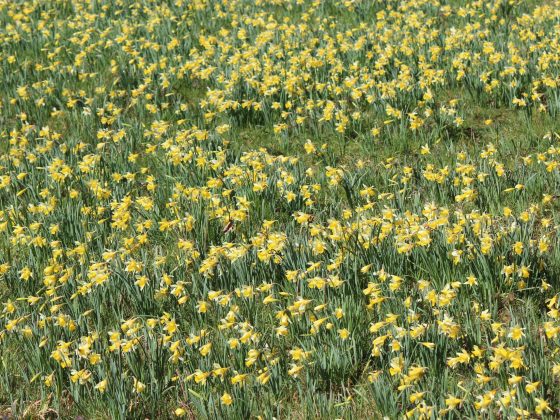
26 March 2020
Stay at home. Protect the NHS. Save lives.
24 March 2020
COVID-19: Update 24/3/20
18 March 2020
COVID-19 - office update
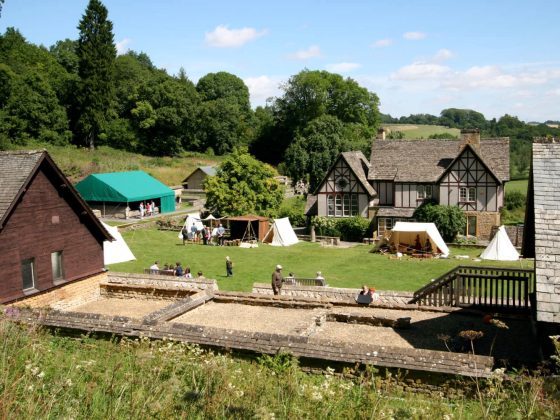
17 March 2020
COVID-19 - Guided Walks Postponed from March 19th Until Further Notice
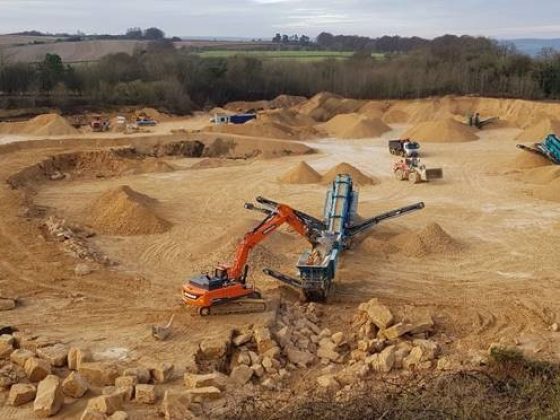
18 February 2020
Cotswolds Conservation Board brings quarry stakeholders together

28 January 2020